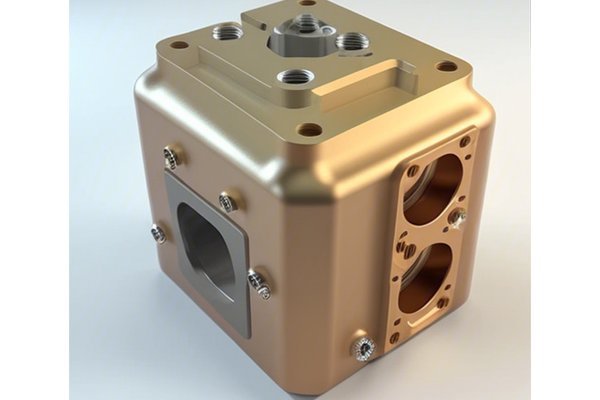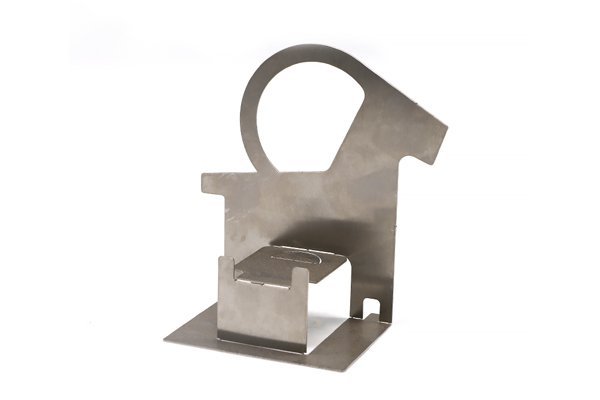Opening
Did you know that the global CNC machining market was valued at approximately $70 billion in 2022 and is projected to grow significantly? As manufacturing technologies evolve, one of the crucial decisions faced by manufacturers is the choice of materials—specifically between plastics and metals. Each option presents distinct advantages and limitations, especially concerning wear resistance. Understanding these differences can greatly influence the durability, cost, and performance of machined parts.
In this comprehensive blog, we’ll delve deep into the nuances of wear resistance in CNC machining, comparing plastic and metal. We will explore the influences of specific material properties, manufacturing processes, applications, and much more to help you make informed decisions for your projects.
Understanding Wear Resistance
Wear resistance refers to a material’s ability to withstand wear, erosion, friction, and other forms of mechanical degradation over time. The factors that affect wear resistance include:
Plastics vs. Metals: A Comparative Overview
To better understand the differences in wear resistance, let’s analyze two common materials used in CNC machining: plastics (such as PEEK and nylon) and metals (like aluminum and steel).
There are several types of wear that affect both plastics and metals:
Detailed Analysis of Material Wear Resistance

Understanding the wear resistance of materials requires rigorous testing to evaluate parameters like tensile strength, hardness, and fatigue limits.
CNC machining can affect the wear resistance differently in plastics and metals due to the inherent properties of the machining processes:
Solutions to Enhance Wear Resistance
Choosing the appropriate material based on the application is key. For heavy-load and high-temperature applications, metal alloys offer superior performance. However, for applications requiring corrosion resistance and lighter weights, specialized plastics can be ideal.
Applying coatings, such as nitriding for metals or UV stabilization for plastics, can enhance wear resistance significantly. These treatments improve the surface hardness and longevity against wear.
Applying design strategies that minimize contact surfaces, friction points, and ensuring proper fit can also reduce wear. For instance:
In summary, the wear resistance of materials used in CNC machining—plastic vs. metal—is a critical factor that affects durability, performance, and manufacturing costs. By understanding the properties of each material, the types of wear they experience, and how manufacturing processes influence wear resistance, manufacturers can make informed decisions tailored to their specific applications.
As we move into an era where customization and precision are paramount in manufacturing, comprehending these nuances will become increasingly important. Choosing the right materials not only ensures longevity and sturdiness but also enhances the overall efficiency of production processes. How materials and their wear characteristics are selected could shape the future of manufacturing standards and practices.
As this blog emphasizes, understanding wear resistance is not just a detail; it’s a cornerstone of effective manufacturing. Think critically about what materials you choose in your next CNC machining project, and consider how their wear characteristics will impact the long-term success and performance of your products.
Investing time and resources in this knowledge pays dividends in quality and reliability.






